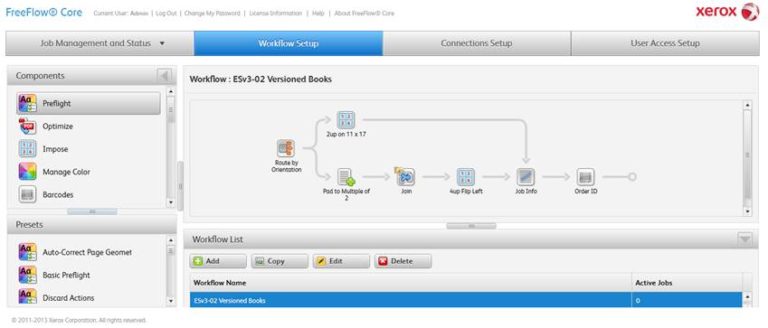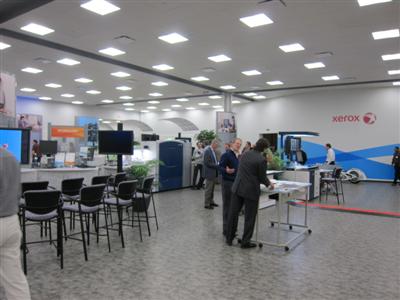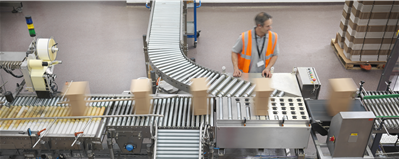Written by:
Howard Fenton
Senior Technology Consultant
NAPL
Most companies offering digital printing services today use the same processes and procedures for the work as they do for conventional offset printing work. The problem is that these elaborate steps such as estimating, scheduling, and customer service procedures work great for conventional printing, but often are too time-consuming for digital printing demands.
In an on-demand world where work is turned around in two days or less, waiting for estimates and jobs sitting in piles to be preflighted is unrealistic. In our latest “Digital Services Study, 2nd Edition”, we learned that successful companies are using a variety of solutions to address this problem.
The quoted one participant who said: “We can’t afford to have five different people and three days before we get a job on a device that’s going to print it. If the customer needs it done in six hours, we have to find a way to get it done in six hours. A lot of that happens by moving completely from the old way of doing it to a new department with new people—with one person doing multiple roles rather than multiple people doing one role.”
This is called a Clean Sheet Approach. The best selling book “Reengineering the Corporation” authors Hammer and Champy talk about the importance of a Clean Sheet Approach, which means starting with a clean sheet of paper and reengineering the process with no constraints.
Some companies are more willing to take risks than others. But even those that take risks recognize and minimize risks. We see a lot of companies that “beta test” a new workflow. They take a few staff, create a new and different way of doing things (estimating, scheduling, prepress) and then start to let work trickle through the department. As issues are discovered, workaround solutions are created. Typically, this is done in a “fast fail” testing mode, which means that if it does not look like it’s working in a few weeks, it is shut down.
In a digital print production workflow, that often means shifting from specialists such as estimators, customer service, planners, prepress, press and bindery staff to generalists in which two people do more. This is often called cross-training and is one of the ways that leaders increase their productivity. They build the flexible, lean workforces that can be where they need them when they need them.
Are you stuck in old ways? How is that working? What steps are you taking to shift into new ways?
Howard Fenton is a Senior Consultant at NAPL. Howie advises commercial printers, in-plants, and manufacturers on workflow management, operations, digital services, and customer research. He is a paid contributor to this blog.


